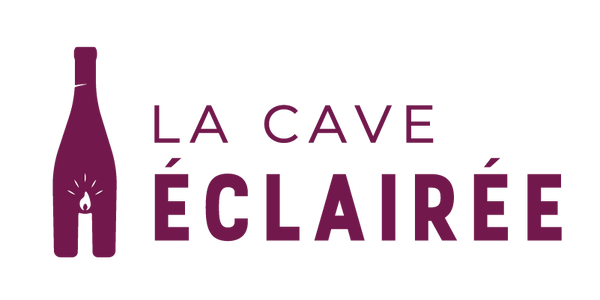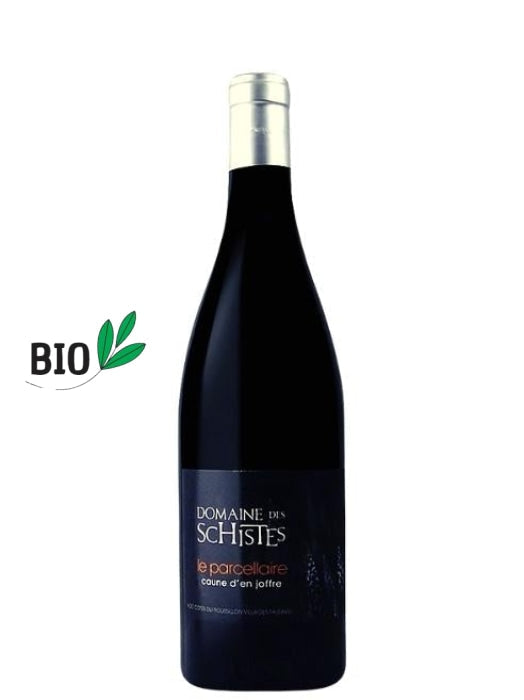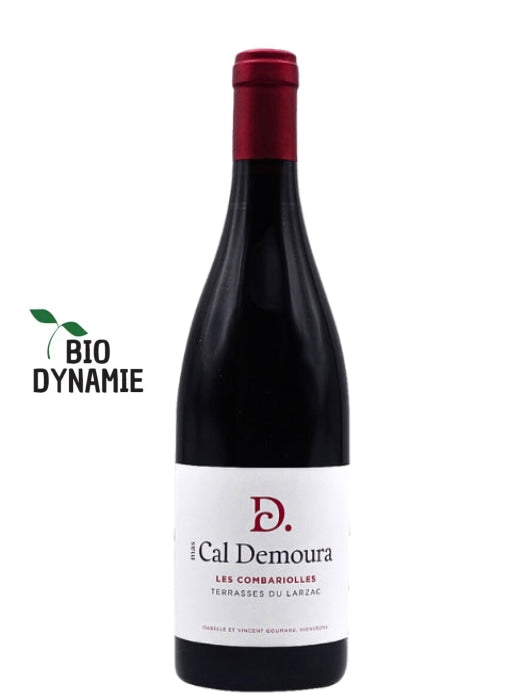-
Château de L'Ou - IGP Côtes Catalanes - Infiniment rouge 2020
Usual price 25,50€Usual priceUnit price par -
Château de L'Ou - IGP Côtes Catalanes - Secret de schistes rouge 2020
Usual price 34,90€Usual priceUnit price par -
Domaine de Courbissac - Minervois - Les Traverses rouge 2021
Usual price 13,50€Usual priceUnit price par -
Domaine des Schistes - Côtes-du-Roussillon - Essencial blanc 2023
Usual price 11,90€Usual priceUnit price par -
Domaine des Schistes - Côtes-du-Roussillon-Villages - Essencial rouge
Usual price 11,50€Usual priceUnit price par -
Domaine des Schistes - Côtes-du-Roussillon-Villages Tautavel - Caune d'en Joffre 2018
Usual price 12,90€Usual priceUnit price par15,90€promotional price 12,90€Deal -
Domaine des Schistes - IGP Côtes Catalanes - Illico rosé 2023
Usual price 7,50€Usual priceUnit price par8,90€promotional price 7,50€Deal -
Domaine des Schistes - IGP Côtes Catalanes - V.O Vin Orange 2022
Usual price 13,90€Usual priceUnit price par -
Domaine des Schistes - Muscat de Rivesaltes 2020
Usual price 10,90€Usual priceUnit price par -
Domaine Perdrix-Lasouche - IGP Cévennes - Entre lunes 2020
Usual price 10,50€Usual priceUnit price par -
Domaine Perdrix-Lasouche - IGP Cévennes - Les Oiseaux rosé 2023
Usual price 8,90€Usual priceUnit price par9,90€promotional price 8,90€Deal -
La Chouette du Chai - IGP Pays d'Oc - Autoportrait 2022
Usual price 12,90€Usual priceUnit price par -
La Chouette du Chai - Pic Saint Loup - Rien ne m'effraie - Magnum
Usual price 34,00€Usual priceUnit price par -
La Chouette du Chai - Pic Saint Loup - Rien ne m'effraie 2021
Usual price 17,00€Usual priceUnit price par -
La Chouette du Chai - Pic Saint Loup - Un beau roman, une chouette histoire 2017
Usual price 23,90€Usual priceUnit price par -
Maison Antech - IGP Pays d'Oc - Chardonnay 2023
Usual price 8,90€Usual priceUnit price par -
Mas Amiel - Maury - Vin Doux Naturel - Millésime 1985
Usual price 69,80€Usual priceUnit price par -
Mas Amiel - Maury Vin Doux Naturel - 20 ans d'âge
Usual price 42,50€Usual priceUnit price par -
Mas Cal Demoura - Terrasses du Larzac - Les Combariolles 2022
Usual price 36,00€Usual priceUnit price par -
Mas Cal Demoura - Terrasses du Larzac - Terre de Jonquières 2022
Usual price 27,00€Usual priceUnit price par -
Mas du Novi - Grés de Montpellier - Prestigi 2019
Usual price 17,90€Usual priceUnit price par

Item added to cart
























